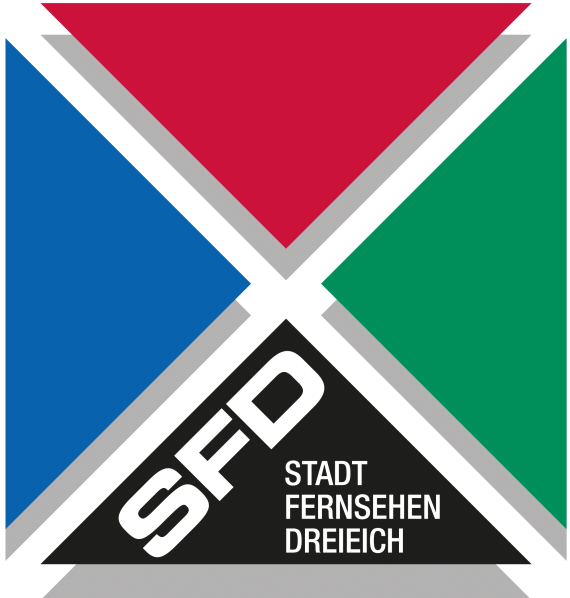In Dreieichenhain a Jewish community existed until around 1930. Already in 1428 Jews are mentioned in Dreieichenhain, in the following centuries were apparently always some "Schutzjuden" resident. However, the number of Jewish families in the village remained small. At times they belonged to the community in Langen, at times they formed a joint community together with the Jewish families living in the surrounding villages.
Since the middle of the 19th century, the number of Jewish inhabitants developed as follows: 1861 32 Jewish inhabitants, 1890 40. The Jewish heads of families were active as butchers, textile merchants and cattle dealers. In the second half of the 19th century several of them opened open trades or stores in the village.
The Jewish community in Dreieichenhain also included the few Jewish persons living in (Dreieich-)Götzenhain (1924 4) and (Dreieich-)Offenthal. In neighboring Dietzenbach there was a small Jewish community of its own, but without a synagogue. The Jewish inhabitants there attended services in Dreieichenhain and in Heusenstamm.
On facilities existed in the "Judenhaus" in the Fahrgasse (see below) a synagogue (prayer room, see below), a Jewish school and a ritual bath. In addition, the community had a cemetery. The community belonged to the rabbinical district of Offenbach am Main.
Around 1924, when 19 people still belonged to the community, the community leaders were Ruben Strauß and Emanuel Bendheim (the latter Götzenhain). The Jewish children of the community, who were still of school age at that time, received their religious instruction from teacher Leopold Kaufmann from Sprendlingen.
Since the number of Jewish residents had already declined in the 1920s to such an extent that independent Jewish worship and community life was hardly possible, the Jewish persons living in Dreieichenhain were assigned to the community in Offenbach am Main around 1930.
In1933 there were still 18 Jewish persons living in five families in Dreieichenhain. In the following years all of them moved away or emigrated due to the consequences of the economic boycott, the increasing deprivation of rights and the reprisals. Five persons (the Otto Strauß family) emigrated to South America in 1938 or 1939; others had already moved to Frankfurt in 1935, the last in 1938. From Frankfurt, the son of the merchant Siegmund Manasses was able to emigrate to Paraguay. Of those deported from Frankfurt, only Siegfried Grünebaum, son of the butcher Jakob Grünebaum, survived from Dreieichenhain. His family had been deported from Frankfurt am Main to Minsk (Russia) on November 11, 1941.

Add new comment